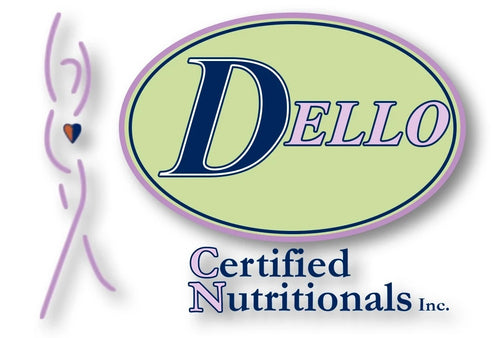THE MAGIC NUMBER 7.4

Statistics and wearisome figures cram into your daily news shows, but if you were to evaluate your overall health by using just one number, that number should be 7.4, the pH level maintained by our bodies to function harmoniously. A short walk on the scientific aisle will define the pH as the measure of the acidity or alkalinity of a solution. Aqueous solutions with a pH level less than seven are considered acidic, those over seven being basic or alkaline. Just as our body temperature is rigidly regulated, the blood must be kept in a very narrow pH range, mildly basic with values between 7.34-7.45. A healthy body will go to great lengths to preserve that balance, including robbing minerals from teeth and bones to buffer the blood chemistry, which, as you may guess, it’s not good at all.
When you’re calculating the acidic foods’ impact on your wellbeing, remember that the higher the number, the more acid it contains. Meat, poultry, fish and eggs range between 18 and 34; milk and milk products have values in the 1-18 quota; corn oil, a 6.5 value, and white bread, ranking a 10 on the pH chart, are less harmful; wine is 16.4, while coffee leaps to 25.1; sweets and artificial sweeteners have a whopping pH of 17, respectively 26.

These figures are hugely important as the pH level affects every cell in our body. Chronic over-acidity can lead to, among others, weight gain, fatigue and diabetes. Unfortunately, the average western diet, based on fried and processed foods, burgers, high levels of sugar and artificial sweeteners, consists of 70 percent acidic foods and only 30 percent alkaline. Not to mention how different drugs, tobacco, stress and even air pollution contribute to an unbalanced pH level. Just to offer a worrying scientific fact, imagine that it takes 33 glasses of water to alkalize one glass of soda. Since the entire metabolism depends on the alkaline environment, when our pH level rises, certain mechanisms race to the rescue by storing unwanted acid in the adipose tissues (fat stores), hence giving you those “love handles” around your waist.

Yes, there is a silver lining over these gloomy circumstances. A powerful solution to the health-damaging dilemma begins by eliminating those eating habits that create such havoc in your body, and by adding more alkalizing foods, such as vegetables. And we’re not talking about “three quarters of a pound hamburger with French fries, lettuce and a pickle on the side, for decoration” kind of scenario. We’re talking about including in your daily eating routine items such as olive oil (with a pH of 1.0), asparagus (1.1), lettuce (2.2), zucchini (5.7), white beans (12), spinach (13.1), celery (13.3), uncooked tomatoes (13.6), endive (14), avocado (15.6) and your widely found cucumber (33). As opposed to the acidic foods’ case, the higher the pH indicator, the better.

In a nutshell, (pun intended, nuts are perfect sources for vitamins and omega-3s) ordinary foods, greens to be specific, can be the life force of our longevity. A more alkalized body translates into a stronger immune system, increased energy and a youthful, glowing appearance. Will such a change in one’s diet require effort? Yes, a lot! Will it happen over night, in a dream-like experience, with no struggle whatsoever? Definitely, not! But it’s revolution that needs to happen. Alkalizing your plate with nutrient dense vegetables will also provide looked-for minerals and enzymes, and ensure a healthful diet. So, go green, both from an eco-friendly standpoint, and especially from an epicurean perspective.
